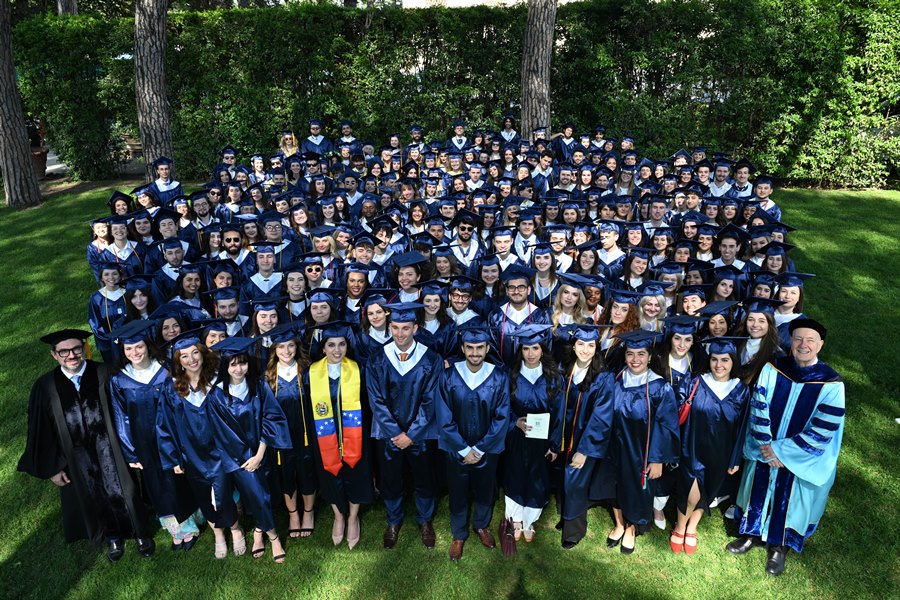Sound Design in Film: JCU Welcomes Gustavo Costantini
On Monday, February 5, 2018, the Department of Communications and Media Studies welcomed Professor Gustavo Costantini, an Argentinian sound designer and film scholar. Besides being a sound designer, editor, and musician, Gustavo Costantini is Professor of Sound and Editing at the University of Buenos Aires, and professor of audiovision at the National University Institute of Art in Argentina. He also teaches in Great Britain, Germany, and Denmark. He has collaborated with Academy Award-winning sound editor Walter Murch, who is known for films such as THX 1138 and Apocalypse Now.
The lecture was called “Sound Design and Music: Musique Concrète and Sound Continuity from The Exorcist to La Ciénaga.” Professor Costantini introduced the concept of musique concrète as a sound montage which enables the mixed use of different tunes. Its inventor, Pierre Schaeffer, revolutionized magnetic tape by cutting and merging strings, thus finding new sounds and giving rise to musique concrète.
Professor Costantini discussed how this discovery influenced filmmaking. He explained the theories of sound masters such as Pierre Henry, Bernard Parmegiani, and his own mentor Michel Chion.
In the second part of the lecture, Professor Costantini analyzed sequences from The Exorcist and La Ciénaga. First, he went through the opening scene of The Exorcist where Lankester Merrin, a veteran Catholic priest, finds the statue of the demon Pazuzu and frees it. Professor Costantini broke down the sounds into individual components and revealed the connection between visual and audial patterns in this excerpt. As a result, he argued that sound can be used to manipulate vision and perception.
Professor Costantini then focused on to La Ciénaga, which tells the tragic story of an Argentinian family. He stressed the importance of considering transitions, frequency, texture, rhythm, and the source of sounds in a film and used the opening scene of La Ciénaga to support his argument.







